Optimal Timing for Waterproofing Applications
Waterproofing is a critical process to protect structures from water intrusion, which can cause damage, mold growth, and structural deterioration. Proper timing ensures optimal adhesion and effectiveness, extending the lifespan of waterproofing systems.
Spring offers moderate temperatures and low humidity, making it ideal for waterproofing application without the risk of rapid weather changes.
Early summer provides warm weather and longer daylight hours, facilitating thorough application and curing of waterproofing materials.
Late summer can be suitable if weather conditions remain dry, helping prevent moisture interference during curing.
Cold weather can hinder the curing process and reduce adhesion, making winter months generally unsuitable for waterproofing projects.
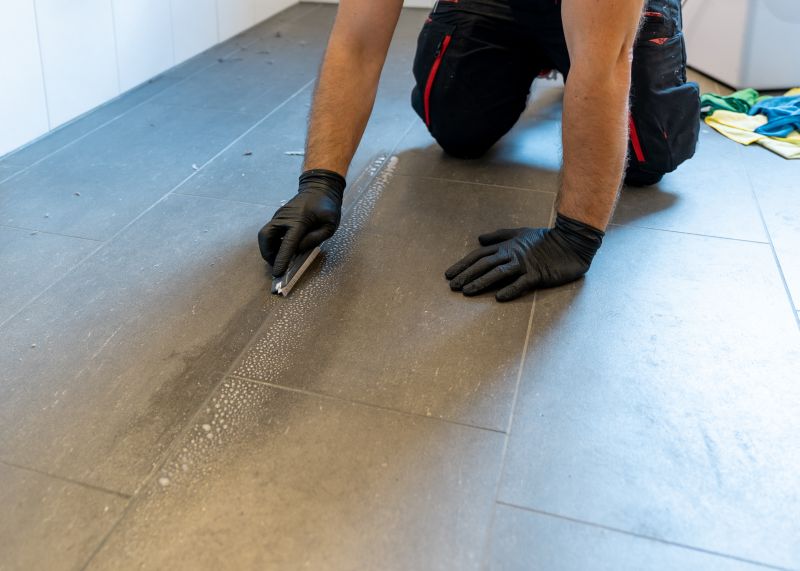
Ways to make Waterproofings work in tight or awkward layouts.
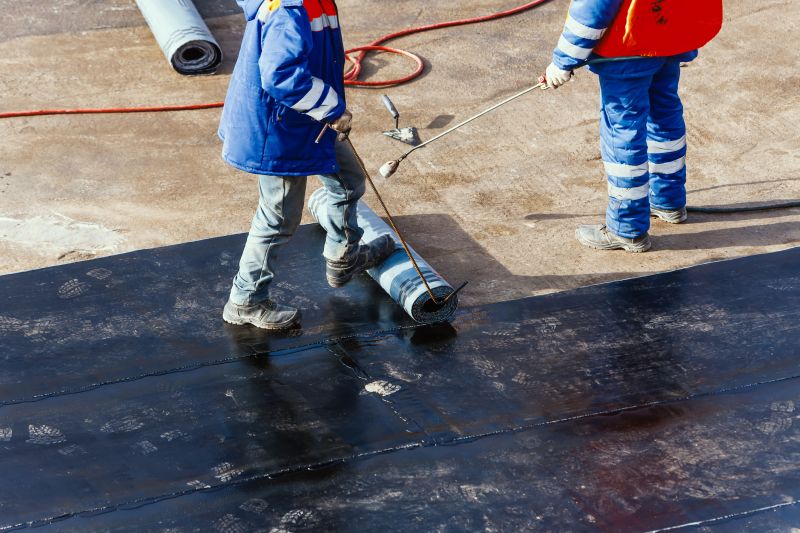
Popular materials for Waterproofings and why they hold up over time.
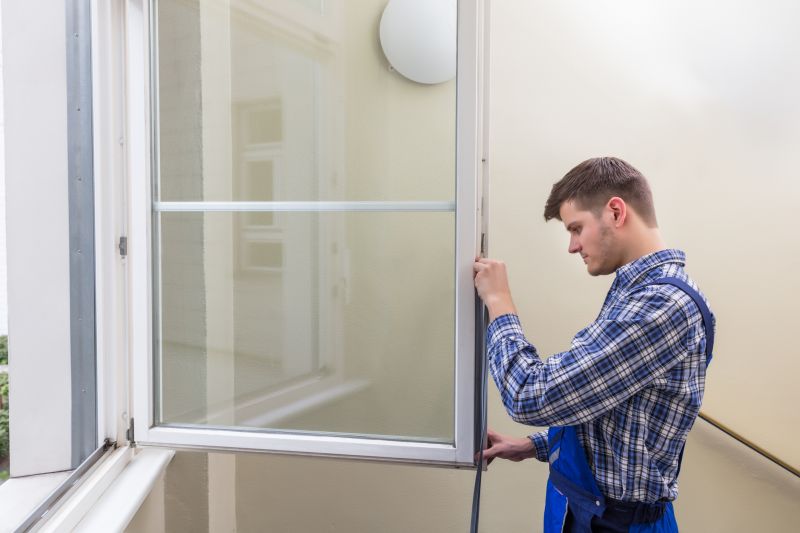
Simple add-ons that improve Waterproofings without blowing the budget.
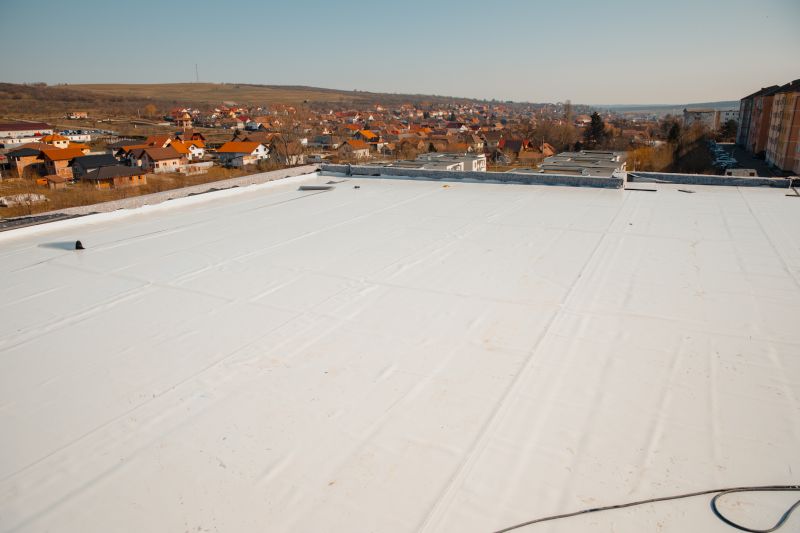
High-end options that actually feel worth it for Waterproofings.
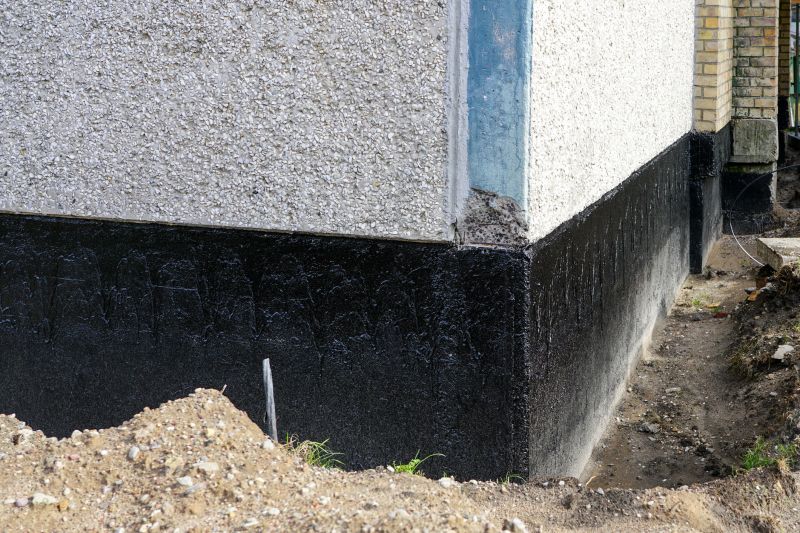
Finishes and colors that play nicely with Waterproofings.
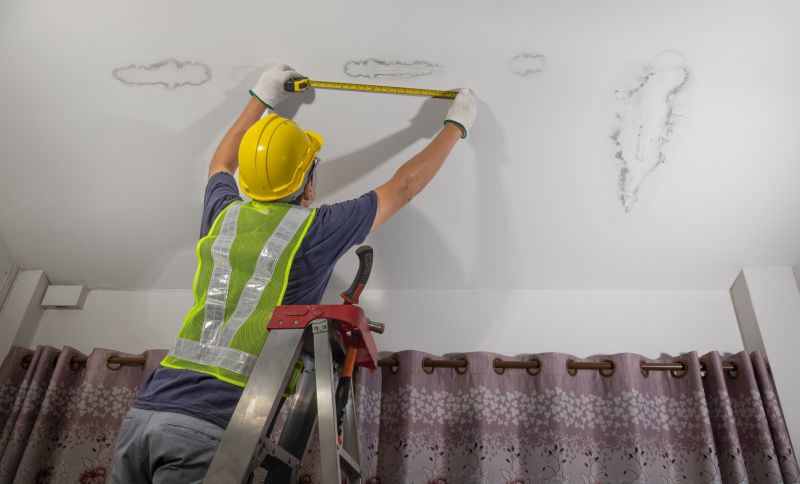
Little measurements that prevent headaches on Waterproofings day.

A 60-second routine that keeps Waterproofings looking new.
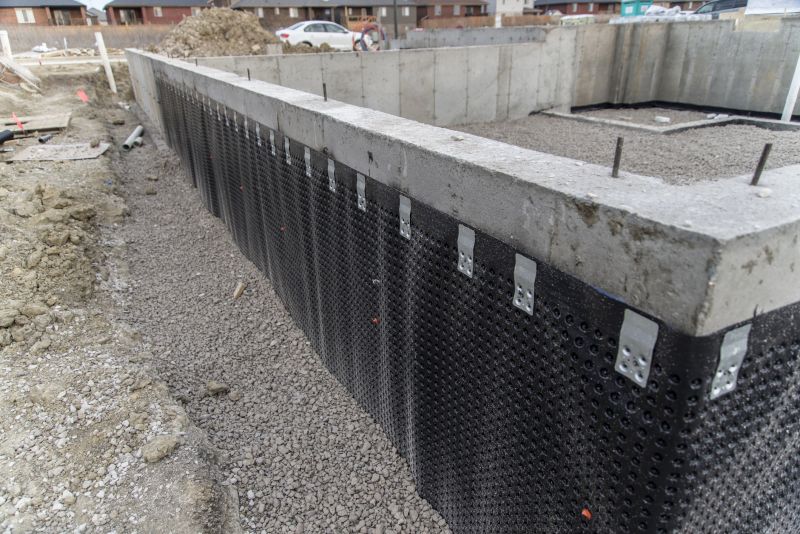
A frequent mistake in Waterproofings and how to dodge it.

Small tweaks to make Waterproofings safer and easier to use.
| Season | Suitability |
|---|---|
| Spring | Highly suitable due to moderate temperatures and low humidity. |
| Early Summer | Excellent for waterproofing projects with warm, dry weather. |
| Late Summer | Suitable if weather remains dry and temperatures are consistent. |
| Fall | Possible if weather remains dry and temperatures are above freezing. |
| Winter | Generally unsuitable due to low temperatures and high moisture risk. |
Waterproofings are essential for protecting buildings against water infiltration, which can lead to structural damage, mold growth, and increased maintenance costs. Proper application during optimal weather conditions ensures the longevity and effectiveness of waterproofing systems. Advances in waterproofing materials have increased durability, with some systems offering up to 25 years of protection when installed correctly. Proper timing, combined with high-quality materials and skilled application, can significantly reduce water-related issues and extend the lifespan of structures.

Lower-waste or water-saving choices for Waterproofings.
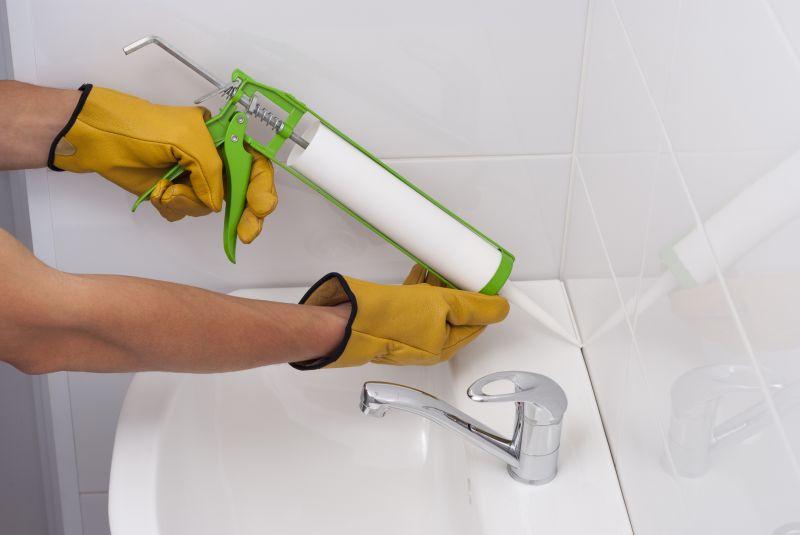
The short, realistic tool list for quality Waterproofings.
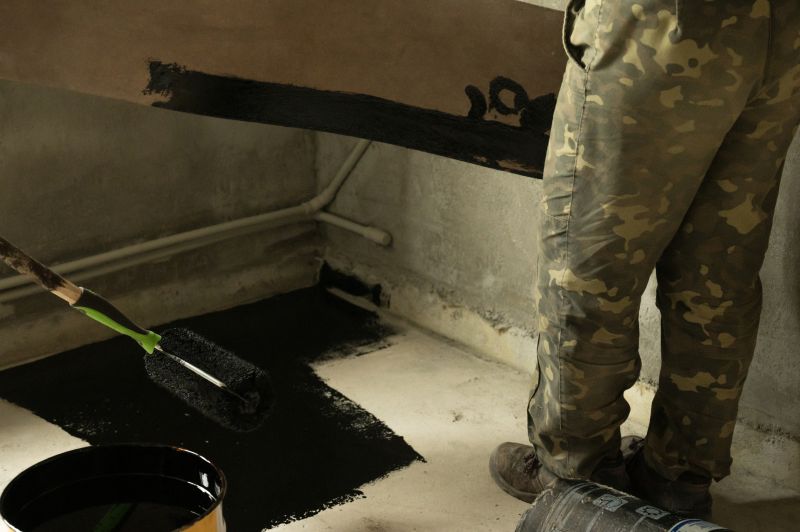
Rough timing from prep to clean-up for Waterproofings.
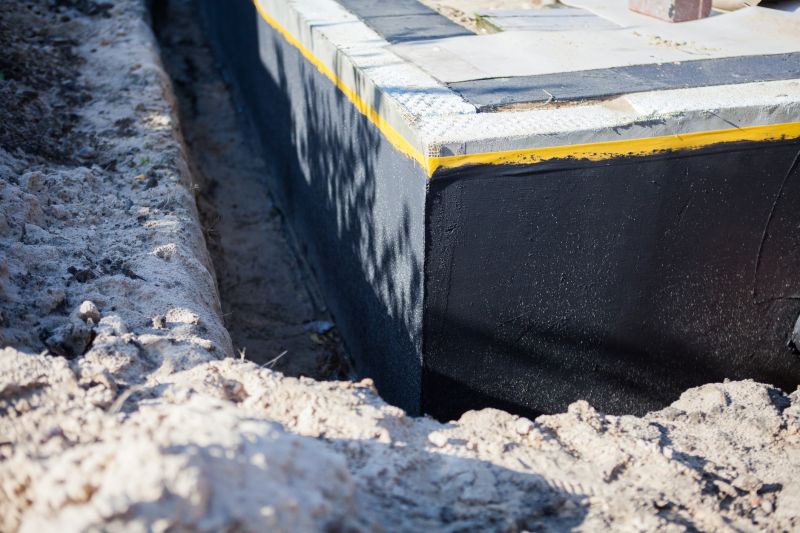
Quick checks and paperwork to keep after Waterproofings.
Individuals interested in waterproofing services are encouraged to contact for further information or to schedule an assessment. Proper timing and application techniques are crucial for ensuring long-term protection against water infiltration, helping maintain the integrity and value of the property.

